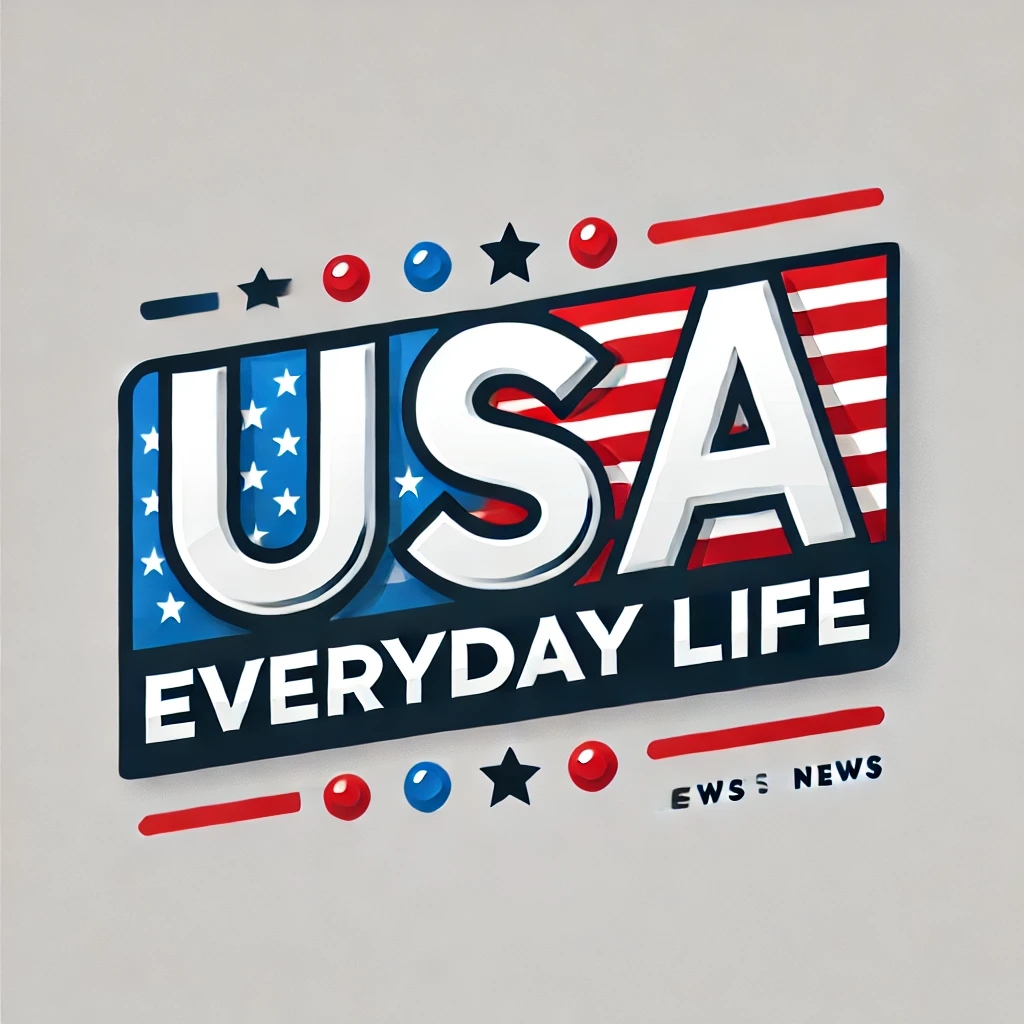Having a pro-crypto government means stablecoins could finally take off in 2025, and it could be a boon not just to the industry, but also to the U.S. dollar. The market cap for U.S. dollar-backed stablecoins is up more than 50% this year and up about 15% since the election. It could double in the new year if Congress finally passes a regulatory framework for this sector of crypto, according to Matt Hougan, chief investment officer at Bitwise Asset Management. Stablecoins are cryptocurrencies whose prices are pegged to an underlying asset, typically the U.S. dollar. They are used for trading on centralized and decentralized exchanges, and they are used as collateral in decentralized finance. “A 2025 stablecoin boom will send the market cap of stablecoins to $400 billion or higher,” Hougan said in his 2025 crypto predictions report . “Clear answers to big questions … will spark massive new interest among issuers, consumers, and businesses. When that happens, expect some large traditional banks like J.P. Morgan and others to enter the space.” That would have positive implications for crypto services firm Coinbase . The company has a 50/50 revenue sharing agreement with Circle, the issuer of USD Coin (USDC), for the interest income of the reserves backing the stablecoin. Recently, Robinhood partnered with Kraken, Galaxy Digital and others to announce their own joint dollar-backed stablecoin, USDG, on a ” Global Dollar Network .” Earlier this year, Robinhood also announced it would acquire the crypto exchange Bitstamp, making three stablecoins available for trading, including USDC. A clear regulatory framework for stablecoins would also drive further activity on Ethereum , the most widely used blockchain for issuing these assets. The catch is that the legislative process is slow, and any real policy effect may not be felt until the end of the year, said JPMorgan analyst Kenneth Worthington in a note this week. “Although the new Trump administration will begin on Inauguration Day … it is likely we may not see immediate policy impacts until (at least) 9-12 months into his term,” he said. “We think key crypto-adjacent positions like a SEC/CFTC chair will follow the prioritized Cabinet Secretary positions, which suggests approval in late spring/early summer.” Extending the dollar’s reserve currency status Beyond crypto assets, the growth of stablecoins also implies increasing demand for the U.S. dollar. A report issued by Castle Island Ventures and Brevan Howard Digital this year, sponsored by Visa, shows that outside of trading, the most popular reasons for using stablecoins are saving money in dollars, obtaining better currency conversion rates, earning a yield and converting a local currency to dollars. “The great opportunity in the United States is to issue the world’s reserve digital currency,” Michael Saylor, co-founder and chairman of MicroStrategy, said Monday on CNBC’s ” Money Movers .” “There’s about $150 billion of stablecoin currency,” he said. “If the U.S. normalizes that there’s no reason why U.S. banks and U.S. companies can’t issue $10 trillion of digital currency backed by U.S. dollar currency equivalents sitting in U.S. banks. That would be tremendously good for the United States.” He noted that Tether, whose USDT dominates the market at 70% and is incorporated in the British Virgin Islands with offices in Switzerland, “can’t locate in the United States because we don’t have a sufficiently clear regulatory framework for issuing digital currencies.” Congressman French Hill, R-Ark., incoming House Financial Services Committee chair and current chairman of the Digital Assets Subcommittee, spoke on CNBC’s ” Squawk Box ” this week. He highlighted the potential for greater business competition in financial services. “If we have the rules of the road … it’s a way to extend the reserve currency status, but it’s also a new competition source, particularly [in] cross border commercial payments,” Hill said Tuesday on CNBC’s ” Crypto World .” “As we’ve seen with Tether, in markets where they have unreliable currencies or very poor banking systems or dysfunctional banking systems, we’ve seen [the value of stablecoins] obviously at retail [level] in a smartphone application for payment with dollar-backed stablecoin,” he added. “In a big developed country like ours, I think you’ll see it more in a commercial blockchain application initially.” Hill also noted that House Majority Leader Steve Scalise, R-La., has digital assets regulation as a top priority in his first 100 days, and that this could include stablecoin legislation. Circle CEO Jeremy Allaire said this week on “Squawk Box” that there needs to be “a federal law that defines dollar stablecoins as legal electronic money in the U.S. financial system” so they can be used as digital cash, as collateral and to settle transactions on a mass scale. However, he added, “We have to focus on the strength and competitiveness of the dollar first. … We need full reserve digital dollars, like stablecoins, to become a mass export product of the United States. And if there’s going to be a major currency of the internet, [we need to] make sure it’s a digital dollar.” — CNBC’s Michael Bloom contributed reporting.





